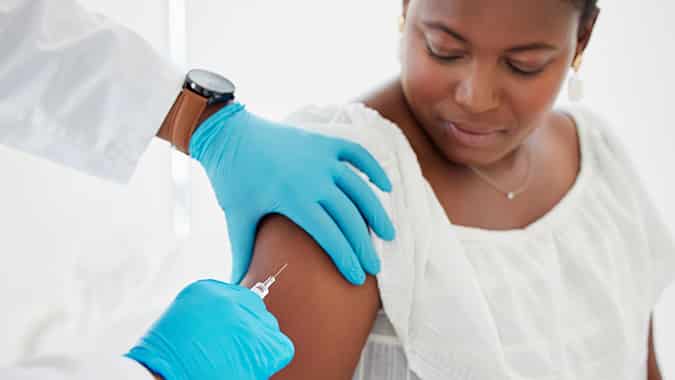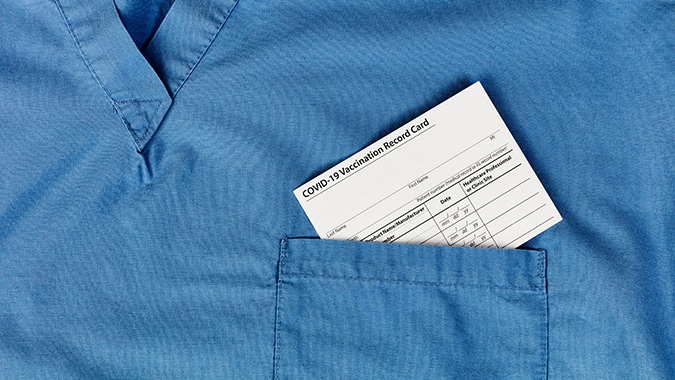The latest guidance on the Paycheck Protection Program (PPP) offers some small relief from the program’s strict eight-week time frame and clarifies some key issues, according to attorneys for Jackson Lewis.
Melissa Ostrower and Robert Perry say employers will be able to use an Alternative Payroll Coverage Period that allows the covered period to begin with the first pay period after receiving the loan. Before, the eight-weeks began on the day a company received the loan.
“Under previously issued guidance … if the employer received its PPP loan proceeds on Monday, April 20, the first day of the Covered Period is April 20 and the last day of the Covered Period is Sunday, June 14,” the two attorneys write. “(Under the new guidance ) if the employer received its PPP loan proceeds on Monday, April 20, and the first day of its first pay period following its PPP loan disbursement is Sunday, April 26, the first day of the Alternative Payroll Covered Period is April 26 and the last day of the Alternative Payroll Covered Period is Saturday, June 20.”
Businesses are required to spend their PPP loans on qualified expenses within the eight-week covered period to qualify to have the loan forgiven. Many businesses and organizations, including NJBIA, have criticized the eight-week covered period as being too short. The loans are supposed to be used for payroll costs, which is difficult to do now with so many businesses shuttered or severely restricted in their operations.
Ostrower and Perry said the guidance also clarifies whether and to what extent amounts paid to partners and LLC members count as potentially forgivable payroll costs.
The guidance released on Friday was in the form of instructions for filling out the new loan forgiveness application. The Jackson Lewis attorneys point to the instructions for Line 9 of Schedule A that says to include any amounts paid to owner-employees, a self-employed individual, or general partners, capped at $15,385 for each individual, or the eight-week equivalent of their applicable compensation in 2019, whichever is lower.
“The SBA has indicated that additional guidance will be forthcoming,” they said.



